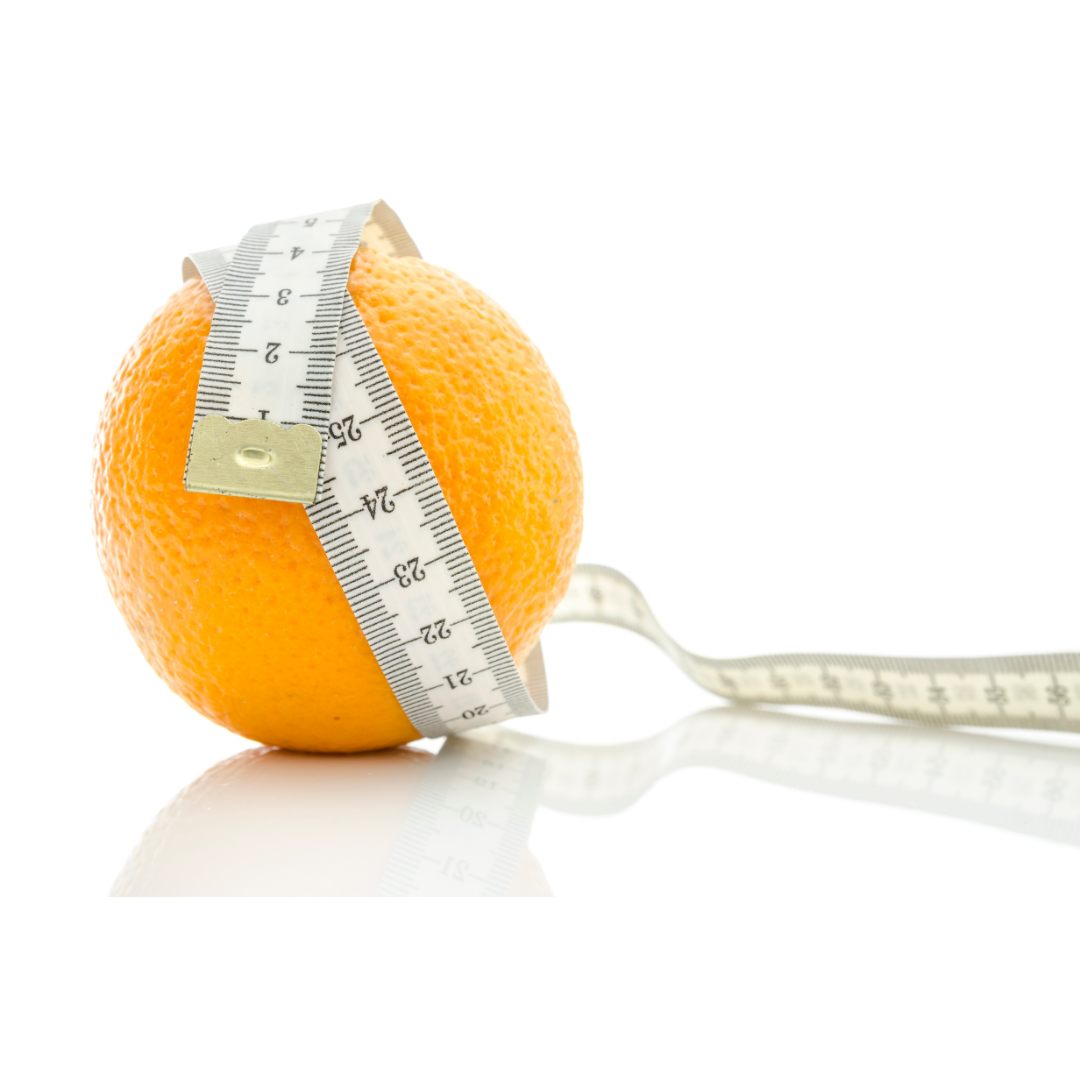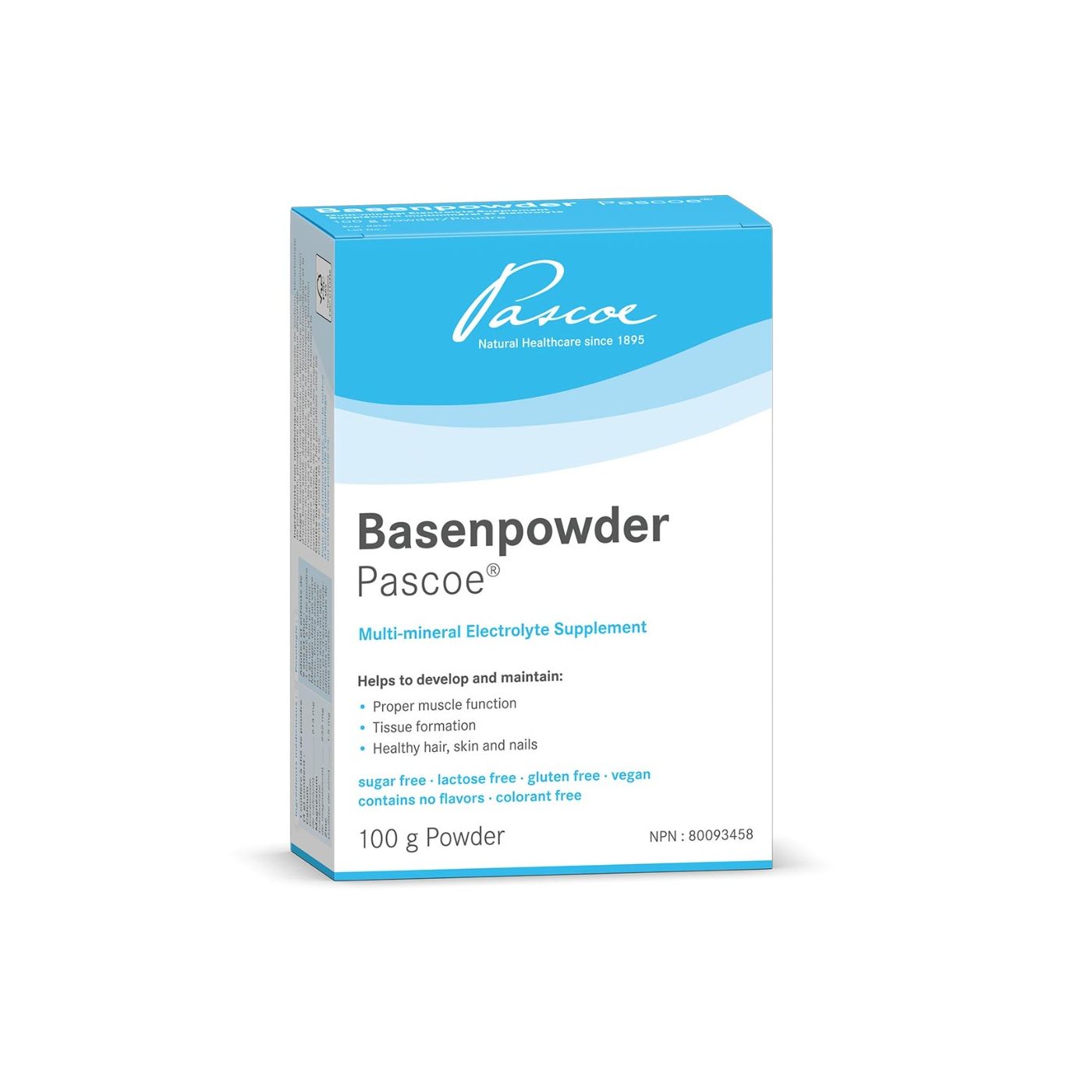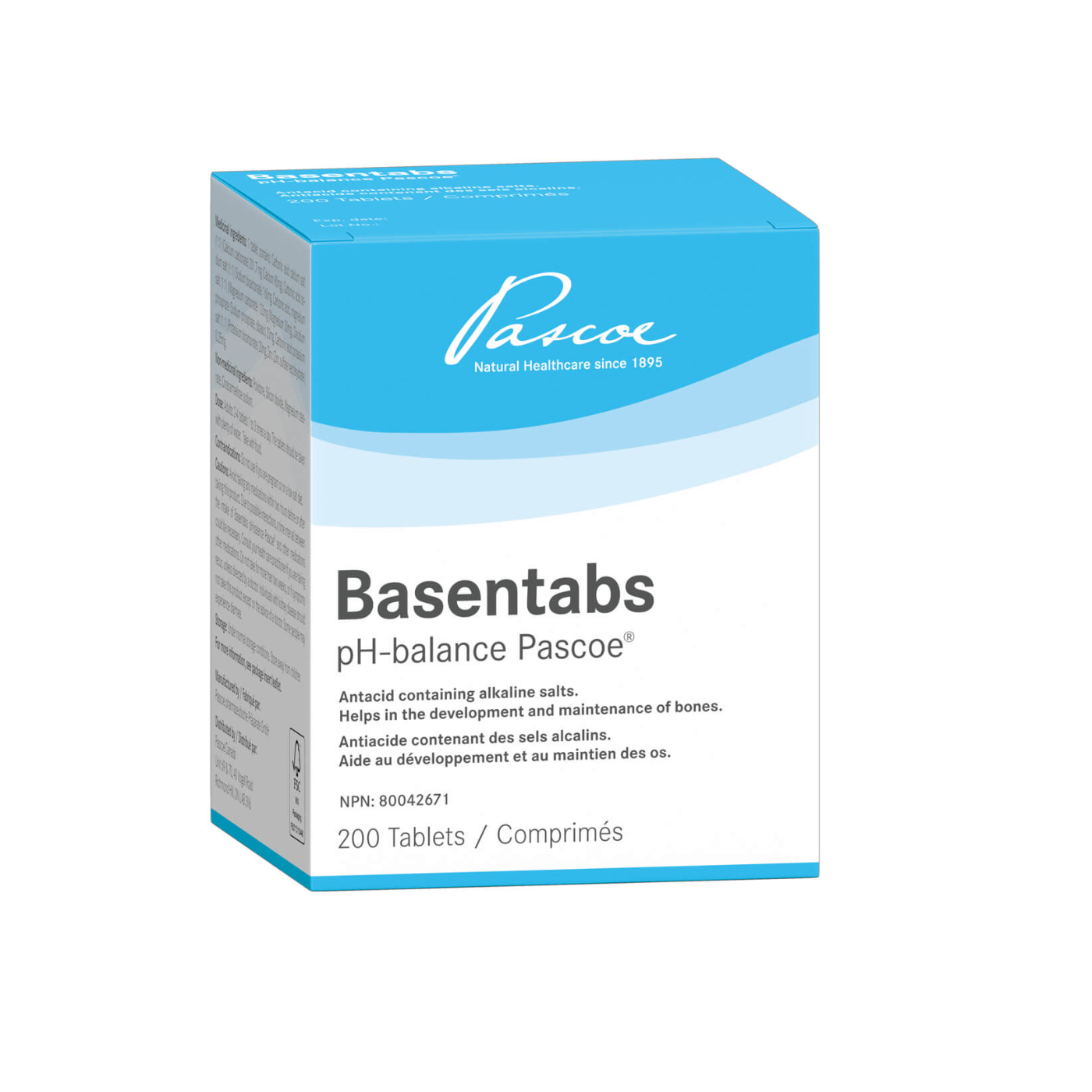How To Reduce the Appearance of Cellulite
Cellulite can make us feel insecure. Regardless of your size, cellulite can show up in areas where we naturally store extra fat, like the hips, thighs, stomach and buttocks.
We burn fat for energy and store extra as subcutaneous fat, for back-up. Subcutaneous fat is required by the body for temperature regulation and hormone production. The existence of subcutaneous fat is necessary. Obesity, however, is what can be dangerous to our health.
When certain fat cells become overpacked with this back-up fuel, we see it as “puckering”. The dimpling appearance associated with cellulite is collections of fat pushing against connective tissue under our skin. Factors contributing to cellulite might include sex, genetics,hormones, and skin thickness. As we gain weight, cellulite can become more pronounced.
Contributing Factors
80-90% of people experience cellulite at some point in their lives, most likely during puberty. A lack of exercise, nicotine intake or repeated dieting are some contributing factors that we likely have more control over.
Hormones and Weight Gain
Cellulite is more common for women and is often a result of hormonal or endothelial dysfunction. Due to a delicate balance of sex hormones, women are genetically more predisposed to cellulite.


Gender hormones contribute a lot to a woman’s overall health. Hormone fluctuations directly affect women’s skin, the body’s largest organ.
Stress hormones produced by the adrenal glands easily interfere with the optimal functioning of the endocrine system. Estrogen and progesterone, in misaligned ratios, can affect vascular permeability and tone, and lead to microcirculation impairments also.
Hormone production alters and declines as women age. Estrogen decline slows the production of collagen and elastin fibres. As a result, we see more degeneration of connective tissue throughout the body as we get older.
How To Get Rid of Cellulite
Frequent Exercise
The effect of exercise on cellulite is twofold. Exercise can increase muscle and skin tone, and when done on a regular basis, helps manage weight by burning excess fat.
Muscles can atrophy when they aren’t used regularly. This means that they lose their strength, elasticity and tone. This softness allows the puckering or dimpling of cellulite to appear more.
Strength training or other weight-bearing exercise, adds load to our muscles that they’re not used to, forcing them to train to fire in new ways and increase their ability to lift.
When we move our bodies in new ways, different from the sitting and walking we do regularly, it forces other muscles to engage and develop. Building strong muscles helps us burn more fat for fuel and stretches and tones our skin, reducing the appearance of cellulite.
Exercise can help us to burn stored fat for energy. Depending on how much food we take in and the amount of energy we put out in a day, we can also reduce the amount of fat that is left to be stored. “Calorie deficit” is one way that people work to lose weight, shedding stored fat for energy.
Exercise also increases blood flow throughout the body. By increasing microcirculation through regular exercise, we can reduce stiffness and aggregation of blood flow and encourage smoother and firmer skin.
Nutrition & Alkalinity
Exercise and nutrition work together to encourage weight loss. Engaging in repeated dieting, however, can damage our skin’s elasticity and tone by repeatedly stretching and shrinking it.
A diet high in processed foods, sugar and alcohol, can increase the body’s acidity and lead to free radical damage. Free radical damage impairs the skin’s natural abilities to repair, stay smooth and firm, and spring back if weight fluctuates.
If you want to reduce the appearance of cellulite, in lieu of a summer full of beach days, here are a few strategies that will also improve your overall health!
4 Fast-Track Solutions for Summer
-
Eat a more alkaline diet. More fruits and vegetables, and fewer fried foods, alcohol, and sugar can help reduce acidity throughout the body, decrease inflammation, promote proper tissue hydration and also, fight infection. Alkalinizing therapeutics are also a great addition to your supplement routine!
-
Exercise regularly and in a variety of ways. The best results come from moving your body on a regular basis and trying different forms of exercise to move and tone muscles (and skin) in a variety of ways!
-
Stay hydrated. As the summer heat sets in, make sure that your body is staying hydrated on a deep, cellular level. This means adequate fluid intake and supplementing your diet with electrolytes. Electrolyte imbalance can lead to damaged and dry skin.
-
Lymphatic drainage is great for increasing circulation and reducing toxic build up. Cellulite can be the result of toxin accumulation in our lymphatic system and can encourage the presence of acids in our connective tissues. Try dry brushing in the direction of lymph flow to encourage this cleansing through lymph vessels. The lymphatic system is a natural detoxification process that can also benefit from targeted massage to encourage the cleansing of specific lymphatic ducts.
While there’s no quick fix for insecurities, treating the body with care inside and out can help us to feel better about how we present ourselves to the world. By adopting healthier habits, we set ourselves up for long-term benefits. Reducing cellulite will end up being a bonus. Now, let’s head to the beach for some much-needed vitamin D!
Disclaimer
Pascoe Canada does not offer health or medical advice as we are not a healthcare practitioner. Please speak with your healthcare practitioner before beginning any program related to nutrition, diet, exercise, fitness, medical, and/or wellness. All content published by Pascoe Canada is developed through collaborating with licensed medical professionals and contributors. This includes text, graphics, images, and other material on the website, newsletter, and products (“Content”). This content is for informational purposes only and does not constitute medical advice. The content does not substitute professional medical advice, diagnosis, or treatment. Please always do your own research on whether this is for you along with your healthcare practitioner advice. Always consult your healthcare practitioner prior to using specific herbs because you might have underlying conditions that need professional care. The content is general in nature and is subject to change. It is not intended to cover all possible uses, directions, precautions, warnings, drug interactions, allergic reactions, or adverse effects.




